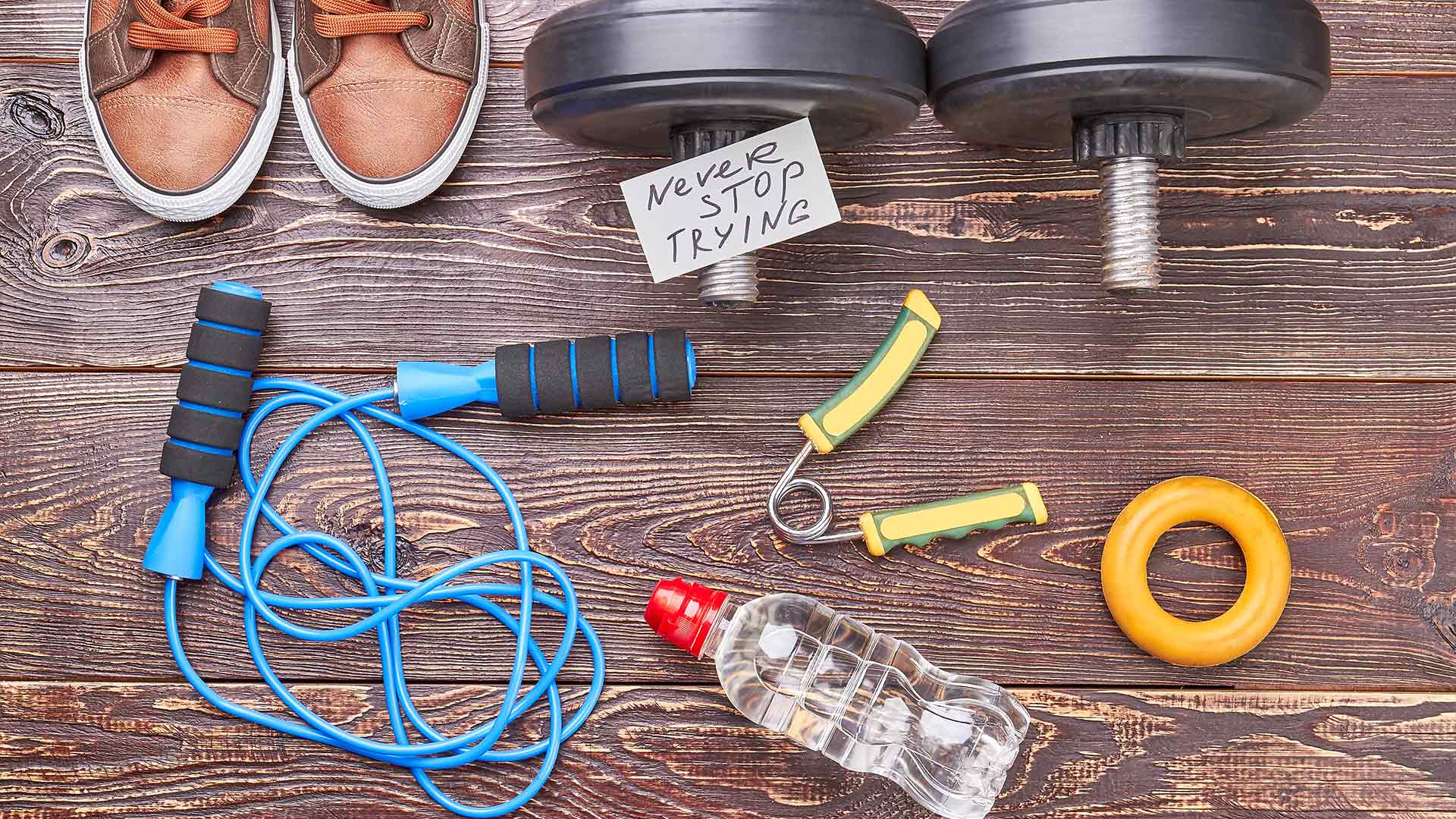What You Really Need to Set Up Your First Home Gym

Setting up your first home gym is exciting—but it can also feel overwhelming. With so many gadgets, machines, and influencer recommendations flooding your feed, it’s easy to overspend on things you’ll never use. The truth is, a home gym doesn’t need to be big, flashy, or expensive. It just needs to be functional and tailored to your goals.
In this guide, we’ll break down what’s truly essential (and what isn’t) when setting up your first home gym. Whether you're aiming for strength, cardio, or general fitness, this resource will help you build a space that fits your needs, space, and budget.
Start with Your Fitness Goals
Before buying anything, ask yourself:
- What are my primary goals? (e.g., build muscle, lose weight, stay active)
- What types of workouts do I enjoy?
- How much space can I dedicate to exercise?
- What’s my realistic budget?
Your answers will shape every decision that follows. For example, if you’re focused on yoga and bodyweight training, you won’t need heavy equipment. If you love cardio, prioritize machines or gear that gets your heart rate up.
What You Really Need
1. A Workout Mat
At the most basic level, every home gym starts with a mat. It defines your space and gives you a clean, cushioned surface for:
- Floor exercises
- Yoga and stretching
- Core workouts
- Warm-ups and cooldowns
Look for a mat that’s non-slip, thick enough to cushion joints (at least 6mm), and easy to clean. Foldable options are great for small spaces.
2. Resistance Bands
Resistance bands are affordable, compact, and versatile. They’re perfect for:
- Strength training
- Mobility work
- Rehab exercises
- Warm-ups
Loop bands target glutes and legs, while long bands with handles support upper-body and full-body movements. They take up zero floor space and can be stored in a drawer.
3. A Pair of Dumbbells (Adjustable If Possible)
You don’t need a full rack of weights to get started. One or two pairs of dumbbells—ideally adjustable—can provide hundreds of exercise variations.
Choose a weight based on your current strength and fitness level. Adjustable sets are ideal because they:
- Save space
- Offer flexibility
- Grow with you as you progress
Dumbbells support strength training, HIIT, circuits, and even functional training.
4. Jump Rope or Cardio Option
If you want to improve endurance or burn calories, add one cardio tool to your setup. Jump ropes are inexpensive and effective. Other small-space options include:
- Walking pads or foldable treadmills
- Mini steppers or ellipticals
- High knees and jumping jacks (no equipment needed)
Choose something you’ll actually use. If you hate running, don’t buy a treadmill—pick an activity you enjoy.
5. Storage Solutions
No home gym is complete without an organization system. Keeping your space tidy makes it more inviting and easier to use.
Budget storage options include:
- Storage bins under your bed
- Wall hooks for bands and ropes
- Shelves or bookcases repurposed for weights
- Rolling utility carts
Good storage doesn’t have to be fancy. It just has to keep things off the floor and within easy reach.
6. A Mirror or Camera Setup
Seeing your form is essential for both safety and performance. If you don’t have space for a full wall mirror, consider:
- A tall, freestanding mirror
- A phone tripod to record your form
- A tablet mounted on the wall for follow-along sessions
Being able to observe your movements helps avoid injury and improves technique.
7. A Fitness App or Workout Plan
Even the best home gyms won’t work unless you do. Structure and guidance are key, especially if you’re training solo. Choose from:
- Free fitness apps (Nike Training Club, FitOn, JEFIT)
- YouTube workout channels
- PDF plans or challenge calendars
- Personal coaching subscriptions (if budget allows)
The best plan is one you’ll stick with. Try a few and find your rhythm.
What You Don’t Need (At Least Not Right Away)
1. Large Cardio Machines
Treadmills, bikes, and rowing machines are great—but not always essential, especially at the beginning. They’re expensive, take up space, and may collect dust if you're not committed to using them regularly.
Try budget-friendly alternatives like:
- Jump rope
- HIIT bodyweight routines
- Outdoor walking or running
- Dance workouts
Invest later if cardio becomes a key part of your routine.
2. Smith Machines, Cable Towers, or Racks
Unless you’re a serious powerlifter or bodybuilder, you probably don’t need commercial-style racks or machines in your first home gym. These take up massive space and cost thousands.
Bodyweight, dumbbells, bands, and kettlebells can provide incredible results—without crowding your space.
3. Fancy Tech or Smart Equipment
Smart mirrors, connected bikes, and high-tech gear can enhance your workouts, but they’re far from necessary. Most people can get just as strong using:
- A YouTube video
- A whiteboard for tracking sets
- A stopwatch on your phone
Start simple. Add tech later if it helps you stay motivated.
4. Every Type of Weight
You don’t need kettlebells, medicine balls, slam balls, and barbells all at once. Start with one or two versatile tools. Learn to use them well. Expand your collection based on your training style and space over time.
5. Specialized Accessories
Things like ab wheels, Pilates rings, and vibration platforms are fine—but they’re niche. Focus on core gear that supports a wide range of exercises. Save the specialized stuff for later.
A Sample Starter Setup (Under $250)
Here’s what a solid beginner-friendly home gym could look like:
- High-density workout mat: $30
- Resistance band set: $20
- Adjustable dumbbells (up to 25 lbs each): $100
- Jump rope: $10
- Rolling cart or storage shelf: $30
- Full-length mirror: $40
- Fitness app or YouTube plan: Free
Total: $230
This setup fits in a closet, behind a couch, or in a bedroom corner—and offers hundreds of training possibilities.
Building your first home gym doesn’t mean buying everything at once. Focus on gear that matches your goals, fits your space, and keeps you consistent. The essentials—mat, weights, bands, cardio, and storage—can take you a long way.
Don’t get distracted by trends or pressure to replicate Instagram-worthy gyms. Your space is personal, functional, and designed to serve you—not impress anyone else.
Start small. Stay consistent. Grow your gym as your goals evolve.
